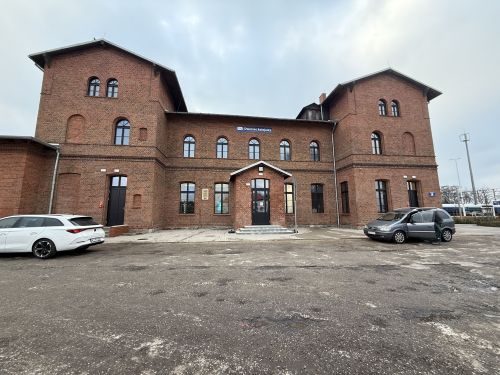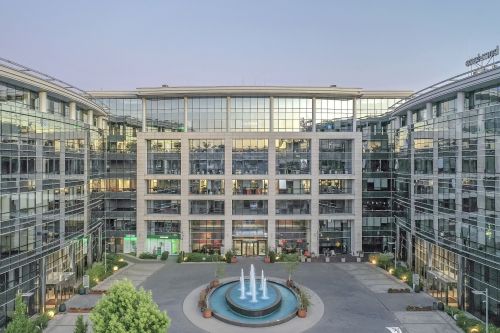Capital cities were the first to benefit from the boom in modern retail projects in the CEE region. Are they also going to be the first to enjoy the new wave of shopping centres?
In times of turbulence investors stick to the golden rule: "Prime product is king!" Moscow traditionally has been the number one choice for the majority of investors, who prefer to play it safe rather than investing in the regions. But is this also the case in other CEE capitals? A few recent investment deals give some food for thought. At the end of September, Atrium European Real Estate bought the 37,600 sqm Palác Flóra shopping centre in Prague for EUR 191 mln from its two previous owners, AFI Europe and Avestus Capital Partners. At the very end of 2010 Atrium purchased the Promenada shopping centre in Warsaw for almost EUR 170 mln and now has an income-producing portfolio valued at around EUR 2 bln.
Still number oneThe retail market is hardly an exception, with investors still opting for the comfort wh






























































